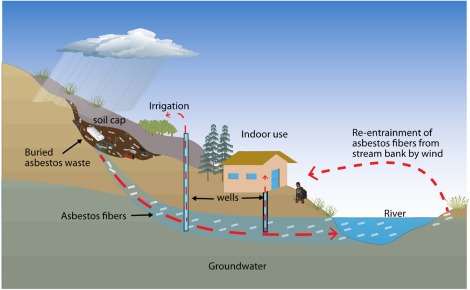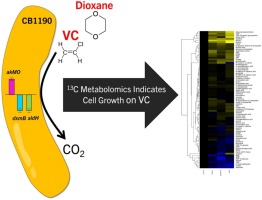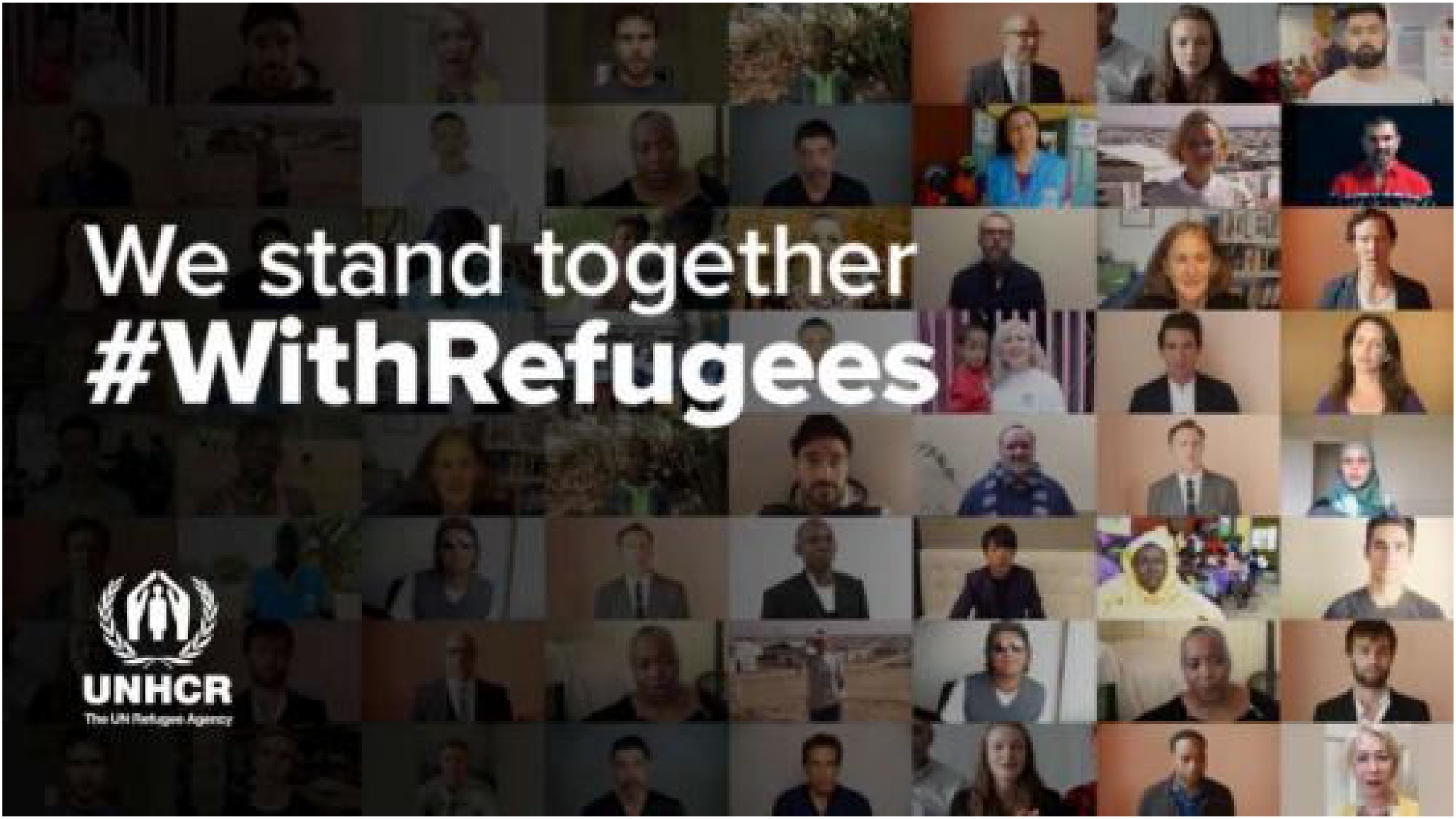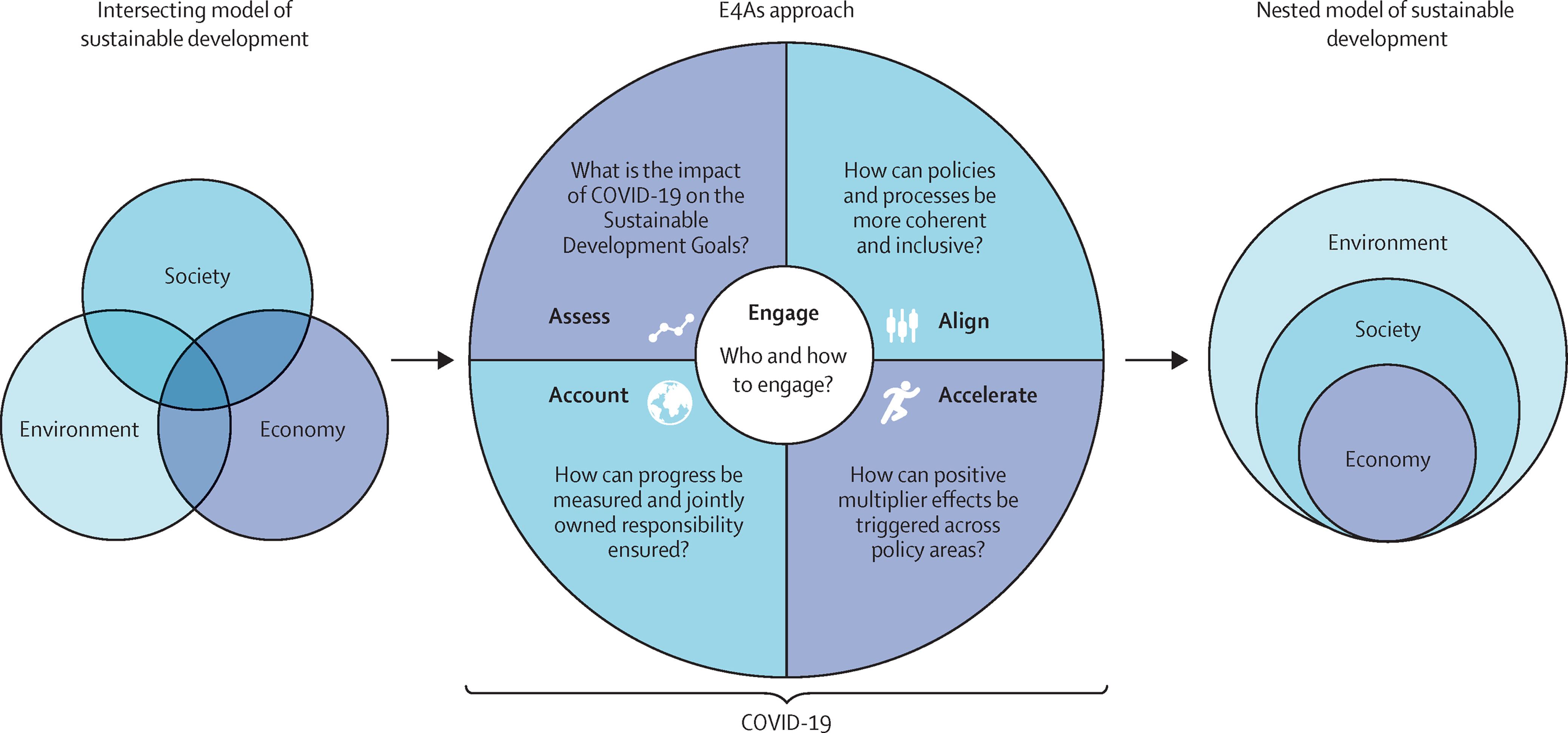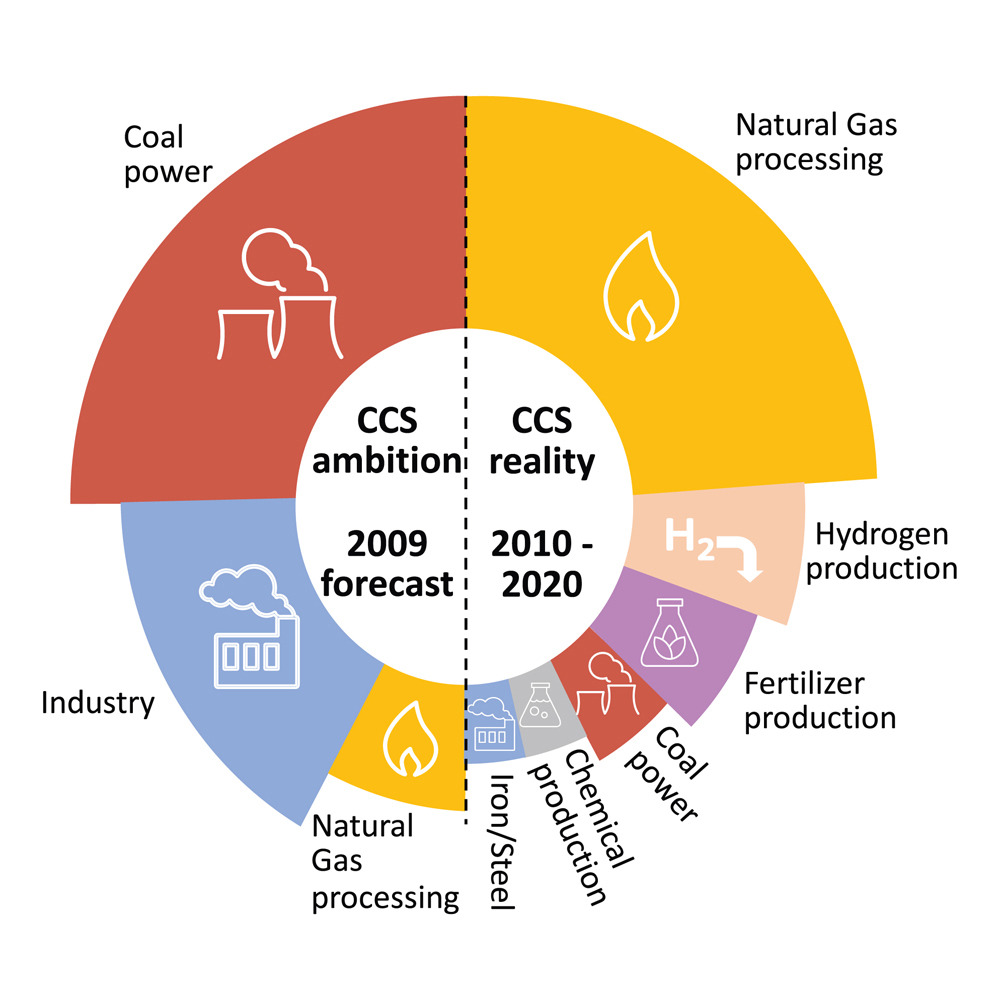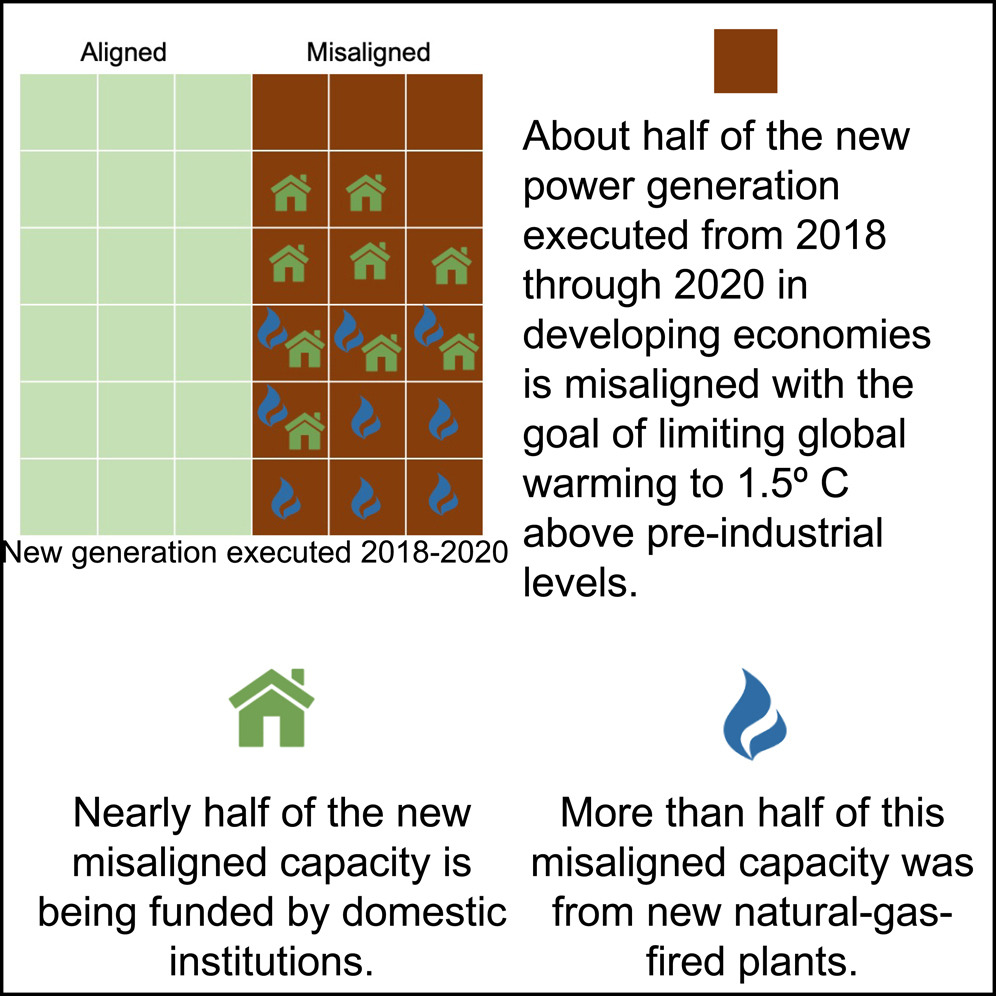Elsevier, Journal of Hazardous Materials Letters, Volume 2, November 2021
To prevent exposure of millions of people living near thousands of contaminated sites to asbestos, the sites are typically capped with soil and amendments, assuming asbestos mobility underground is negligible in all conditions. Here, we disprove this long-standing assumption and showed that the presence of certain types of dissolved organic matter (DOM) can facilitate the transport of the asbestos fibers through packed sand or soil columns.
Elsevier, Journal of Hazardous Materials Letters, Volume 2, November 2021
Vinyl chloride (VC) and 1,4-dioxane (DX) are carcinogens and co-occurring groundwater pollutants. Co-contaminants often affect the ability of microorganisms to biodegrade individual constituents. One of the mechanisms by which microbial cells overcome toxic inhibition is by transforming the inhibitory compounds. In this study, while VC inhibited DX biodegradation, it was surprisingly utilized as a growth substrate by Pseudonocardia dioxanivorans CB1190. Increasing concentrations of VC decreased DX biodegradation rates, whereas increasing DX did not have a strong effect on VC biodegradation.
Elsevier, Journal of Hazardous Materials Letters, Volume 2, November 2021
Per- and polyfluoroalkyl substances (PFAS) represent a family of emerging persistent organic pollutants. Cost-effective remediation of PFAS contamination via chemical or biochemical degradation is challenging due to their extremely high stability. This study reports the removal of two representative PFAS species, perfluorooctanoic acid (PFOA) and perfluorooctanesulfonic acid (PFOS), from water by adsorption using aluminum-based water treatment residuals (Al-WTR), a non-hazardous waste generated during the process of drinking water treatment by alum salts.
Elsevier, International Journal of Intercultural Relations, Volume 85, November 2021
This article examines the role of empathy for outgroup helping, collective action and political activism among youth in Northern Ireland, a setting of protracted conflict. Integrating the Empathy-Attitudes-Action model with the Developmental Peacebuilding Model, a two-wave study was conducted to assess youth's behavioural intentions and actual behaviours toward refugees.
Elsevier, Patterns, Volume 2, 12 November 2021
In this article, we pursue the automatic detection of fake news reporting on the Syrian war using machine learning and meta-learning. The proposed approach is based on a suite of features that include a given article's linguistic style; its level of subjectivity, sensationalism, and sectarianism; the strength of its attribution; and its consistency with other news articles from the same “media camp”. To train our models, we use FA-KES, a fake news dataset about the Syrian war.
Elsevier, Journal of Thoracic Oncology, Volume 16, November 2021
Introduction: Air pollution may play an important role in the development of lung cancer in people who have never smoked, especially among East Asian women. The aim of this study was to compare cumulative ambient air pollution exposure between ever and never smokers with lung cancer. Methods: A consecutive case series of never and ever smokers with newly diagnosed lung cancer were compared regarding their sex, race, and outdoor and household air pollution exposure.
Elsevier, The Lancet Planetary Health, Volume 5, November 2021
COVID-19 is disrupting and transforming the world. We argue that transformations catalysed by this pandemic should be used to improve human and planetary health and wellbeing. This paradigm shift requires decision makers and policy makers to go beyond building back better, by nesting the economic domain of sustainable development within social and environmental domains.
Elsevier, One Earth, Volume 4, 19 November 2021
Following the landmark 2015 United Nations Paris Agreement, a growing number of countries are committing to the transition to net-zero emissions. Carbon capture and storage (CCS) has been consistently heralded to directly address emissions from the energy and industrial sectors and forms a significant component of plans to reach net-zero. However, despite the critical importance of the technology and substantial research and development to date, CCS deployment has been slow. This review examines deployment efforts over the last decade.
Elsevier, iScience, Volume 24, 19 November 2021
Major infrastructure financiers will have to significantly decarbonize their investments to meet mounting promises to cut carbon emissions to “net-zero” by mid-century. We provide new details about those needed shifts. Using two World Bank databases of infrastructure projects throughout the developing world, and applying a methodology for imputing the projects' likely future carbon output, we assess the emissions profile of power-plant projects executed from 2018 through 2020 — the three years immediately preceding the spate of net-zero pledges.
